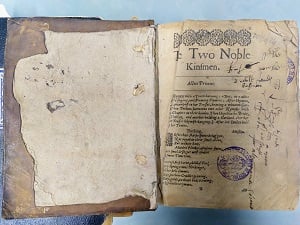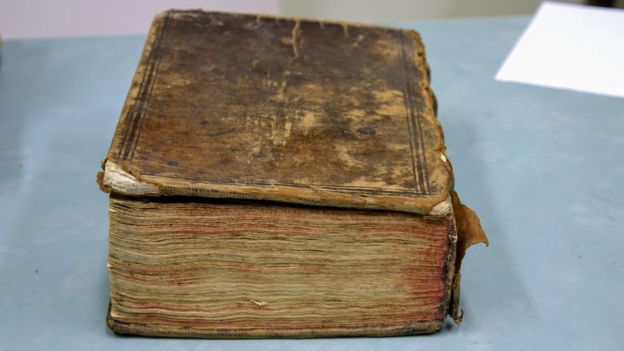NESBO
Nesbø to retell Macbeth as ‘crime-noir’ novel
Bestselling Norwegian crime writer Jo Nesbø has been commissioned to retell the story Macbeth, giving his own twist to one of Shakespeare's darkest, most psychological dramas.
Published: 14 January 2014 10:54 CET

Jo Nesbø. Photo: Peter Knudsen
Nesbø has been commissioned by the Hogarth Shakespeare, an international publishing initiative timed to coincide with the 400th anniversary of the death of William Shakespeare, England's most famous playwright.
"Macbeth is a story that is close to my heart because it tackles topics I've been dealing with since I started writing," Nesbø said. Shakespeare's original was, he said, "a thriller about the struggle for power, both set in a gloomy, stormy crime noir-like setting and in a dark, paranoid human mind."
He described Macbeth as "a main character who has the moral code and the corrupted mind, the personnel strength and the emotional weakness, the ambition and the doubts to go either way."
"I will not attempt to do on justice to William Shakespeare nor the story," he continued. "I will simply take what I find of use and write my own story. And, yes, I will have the nerve to call it Macbeth."
Nesbø joins award-winning authors Margaret Atwood, Howard Jacobson, Anne Tyler and Jeanette Winterson, who have been commissioned to retell The Tempest, The Merchant of Venice, The Taming of the Shrew and The Winter’s Tale, respectively.
The initiative is being led by Hogarth UK and the works produced will be published in partnership with Hogarth US, Knopf Canada, Knaus Verlag in Germany and Mondadori in Spain; and Random House Australia, New Zealand, South Africa and India.
The novels will be published simultaneously across the English-speaking world in print, digital and audio formats.
Url copied to clipboard!




 Please whitelist us to continue reading.
Please whitelist us to continue reading.
Member comments